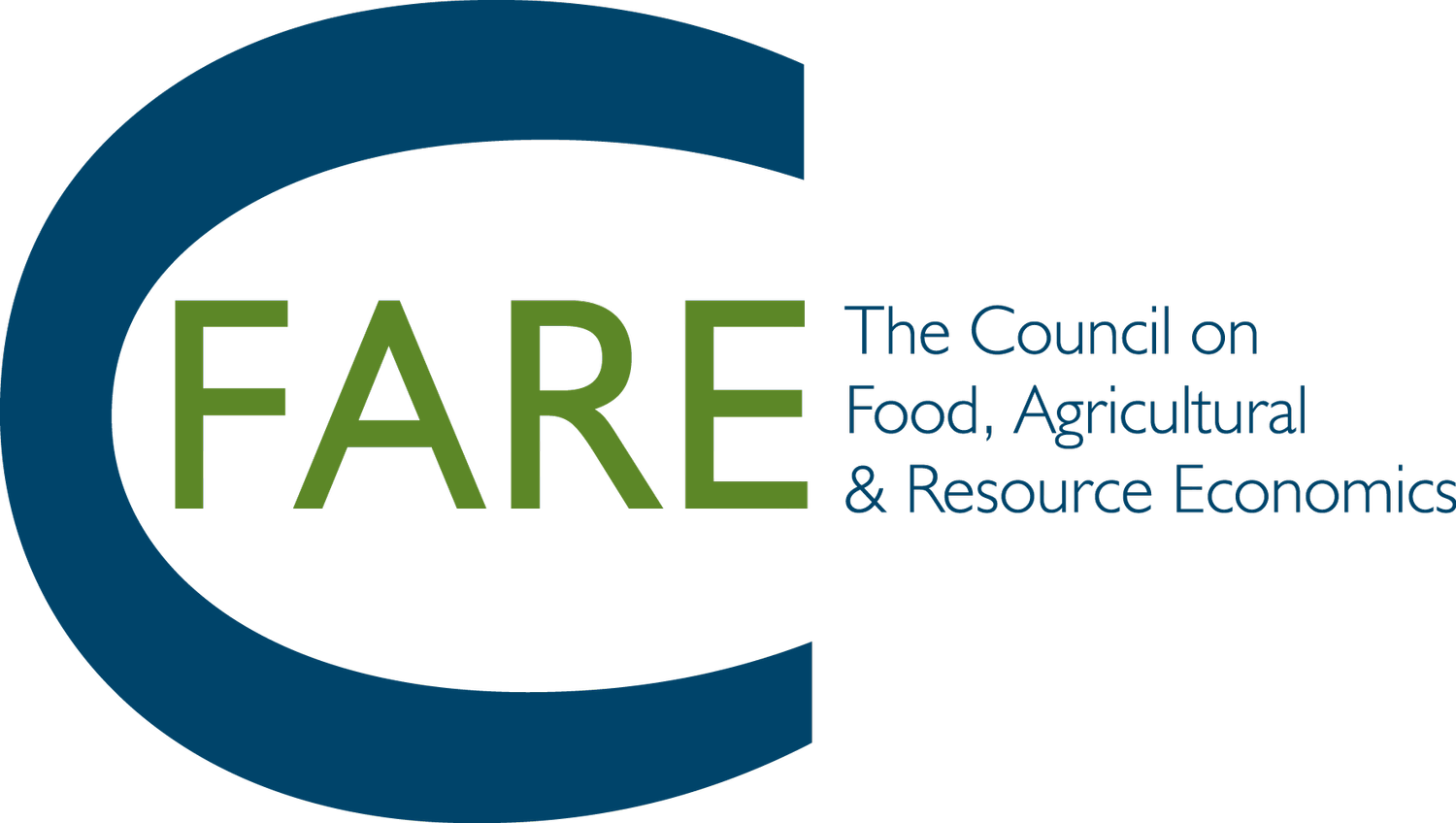Tariff Turbulence and the New Reality for Global Supply Chains
David L. Ortega, C-FARE Board Member and Professor, Michigan State University
In 2025, the U.S. enacted the largest tariff increases since the Great Depression, disrupting decades of trade liberalization and sending shockwaves through global supply chains. These measures, marked by hasty announcements and court challenges, have done more than raise costs. They have created an environment of extreme uncertainty, making it difficult for firms to plan.
Import-dependent products are especially vulnerable to trade shocks, making the stakes high for the agrifood sector. Many popular food products, such as bananas, pineapples, and coffee, are not produced domestically. Others, like canned fruits and frozen vegetables, rely on imported inputs. Tariffs on these goods raise prices, create sourcing challenges for companies, and place additional strain on lower-income households. Even producers of seemingly-unaffected agrifood products are vulnerable to retaliatory actions from trade partners.
A recent theoretical framework identifies several types of costs that abrupt and uncertain (trade) policy changes impose on companies: adjustment costs tied to shifting production, redesigning products, or relocating equipment; transaction costs associated with finding and negotiating with new suppliers; and the opportunity costs of responding either too early or too late. By incorporating the role of uncertainty and even the possibility of misconduct, the framework provides a more complete picture of how trade shocks unfold in practice. These costs influence whether firms shift suppliers, relocate production, or pass price increases along to consumers. For example, in some cases, companies take reversible, short-term measures like front-loading imports or using bonded warehouses rather than committing to expensive, permanent changes.
Stable trade policy is essential for effective decision-making. Predictability enables farmers to plan planting seasons, businesses to invest in capacity, and consumers to benefit from stable prices. While markets can adapt to change, unpredictability magnifies costs and risks. Reducing that uncertainty is one of the most effective steps policymakers can take to strengthen the resilience of global supply chains, especially for essential goods like food.
In the absence of stable trade policy, there is a critical need for robust tools and data to monitor and evaluate tariff impacts. Potential areas of focus include measuring tariff pass-through to retail prices, tracking shifts in sourcing across countries, assessing the timing and magnitude of inventory buildups, and identifying patterns that may suggest misconduct (e.g. falsifying country of origin information or engaging in illicit transshipment). Such analysis can inform both business strategy and policy decisions, offering a more complete understanding of how trade actions reverberate across sectors.
At Michigan State University, researchers are evaluating how tariffs and shifting trade policies ripple through supply chains to affect U.S. producers and consumers; others are informing solutions to chronic farm labor shortages, providing evidence to help balance the needs of growers, workers, and rural communities.
